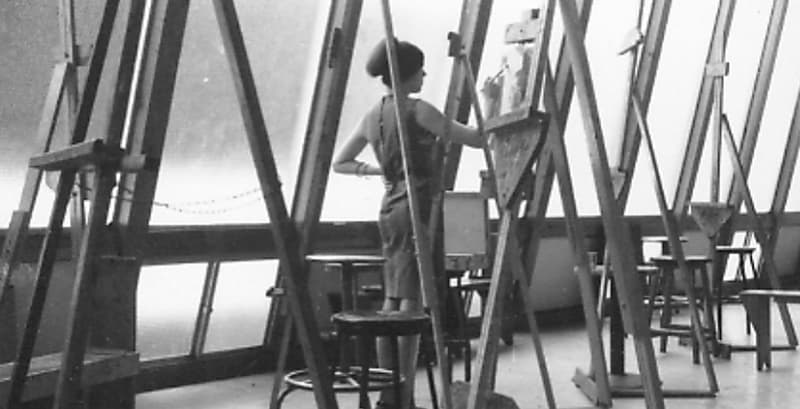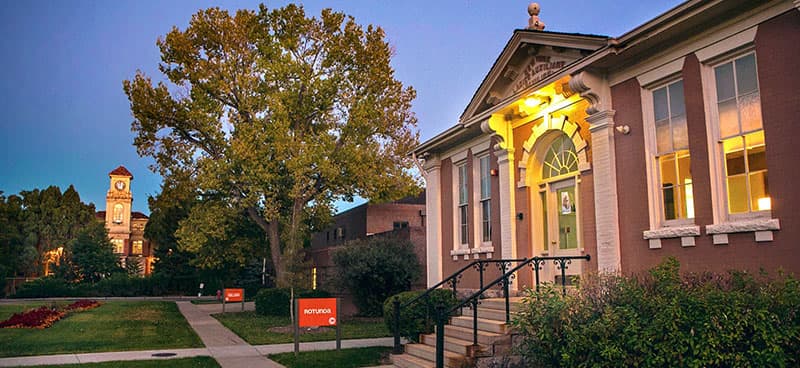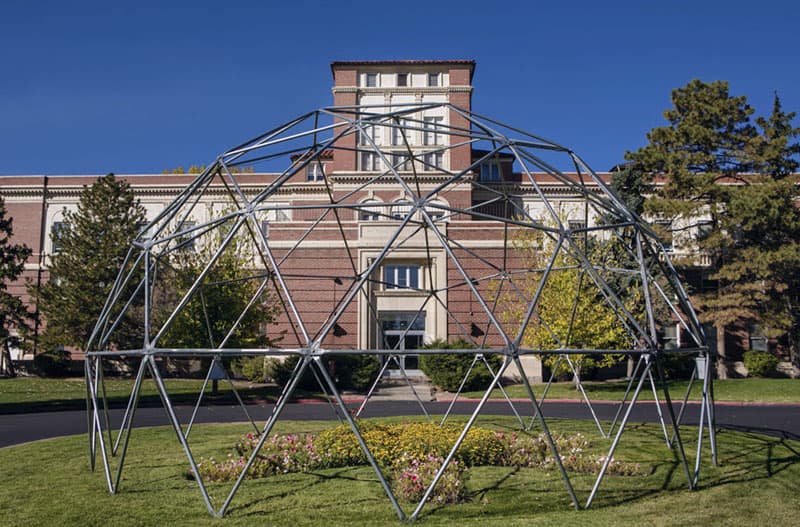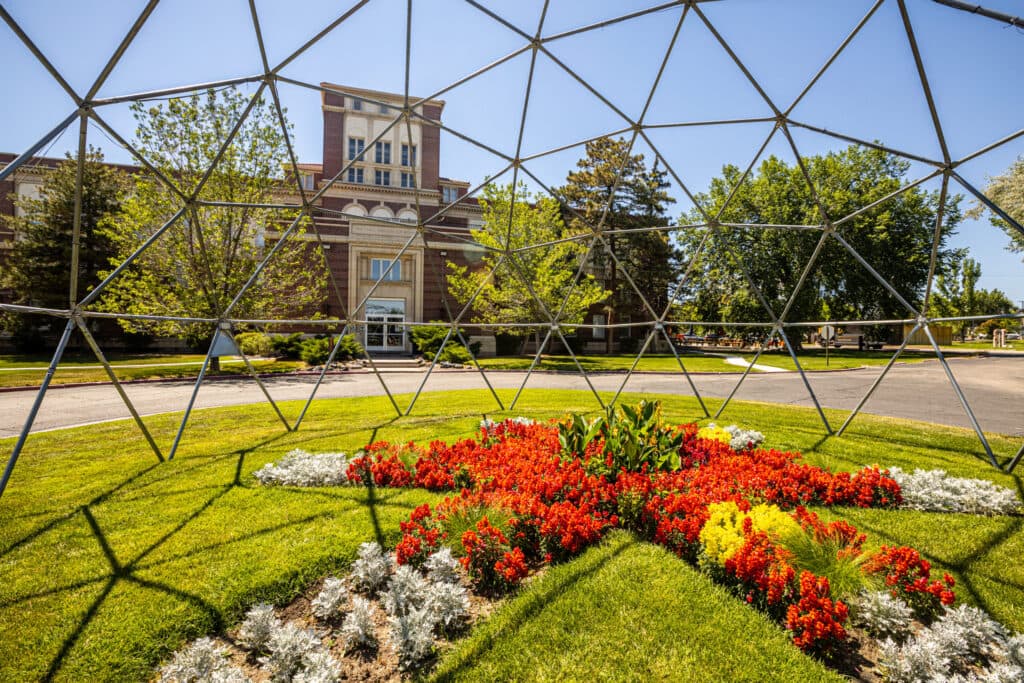History
HISTORIC FOUNDATIONS FOR THE ART OF TOMORROW.
In 1963, Philip J. Steele founded Rocky Mountain School of Art as a private, for-profit institution in the foothills of Colorado.
Already a well-known illustrator and educator himself, Phil wanted to develop an art training program based on the traditional, academic method of drawing and painting that dates back to the Renaissance.
His mission was to make RMCAD a ‘community of creatives’ that would instill in all students a passion for creativity, innovation, and a desire for lifelong learning—both in the fine arts and applied arts. He sought to nurture the individual talents of each student, to integrate critical thinking and analysis into their skills, and to contribute in socially responsible ways to the local, global, and professional communities.


Join Us on Our Journey
Rocky Mountain College of Art + Design has grown, with major expansions to the physical campus, faculty, and programs of study. Now, next to traditional easels and palettes, you’ll also find computers and digital video equipment.
And alongside classes in life drawing and the fine arts, you’ll find cutting-edge courses in 3D animation, computer-aided design, and game art. RMCAD is proud to have served as one of the nation’s premier art and design institutions for more than 60 years. Much has changed in these past decades, but we’re proud of what has stayed the same: our commitment to giving each student the dedication, personal attention, and solid education they need to thrive as graduates.
We’ve created a place filled with creativity and enlightenment—a place where we will continue to nurture the talents and dreams of artists, designers, and visionaries for generations to come.











CAMPUS HISTORY
Our campus has an unusual history: More than 100 years ago, the Jewish Consumptives’ Relief Society (JCRS) founded a safe haven for patients suffering from tuberculosis (TB).
While there was no known cure for TB at the time, it was widely believed that Colorado’s ample sunshine and crisp mountain air would help to ease the pain of those afflicted.
Over the years, the JCRS campus grew to become the largest free tuberculosis treatment facility in the world. Spanning 148 acres and occupying 34 buildings, the self-sustaining campus had its own post office, a meteorological station, and a working dairy farm. Slowly, though, the city of Lakewood began to encroach upon the once-remote retreat, and by the mid-1950s—as the instance of TB declined and became more treatable—the institution decided to change its mission to cancer research, and it assumed a new name: the American Medical Center (AMC).
We’re told that patients and visitors to both the JCRS and AMC had often remarked that the unique collection of lawns, gardens, and buildings more closely resembled a college campus than a medical facility. We agreed, and in 2002 we purchased the site.
RMCAD has taken great care to preserve the history of our beautiful campus, while also modernizing each building to serve the evolving needs of our art and design students. As technology improves, we continue to renovate—striving to offer even more enhanced facilities each year.
BACKGROUND ON THE DOME
This 35-foot geodesic dome is an iconic symbol of RMCAD. The structure was built by RMCAD faculty member Bruce Price and a group of students to pay homage to the legacy of Drop City, a creative community established in Southern Colorado during the 1960’s.
The structure’s origins lie with R. Buckminster (“Bucky”) Fuller, a renowned 20th century mathematician, engineer, architect and visionary. Concerned with the growing demands of an increasing population, Fuller set out to “do more with less”. He began creating geodesic domes whose structures create a self-bracing framework that is sturdy, yet requires minimal material.
In 1965, RMCAD faculty member Clark Richert, along with a group of like-minded creatives, founded an artists’ community in Southern Colorado called Drop City. Residents of the community lived and worked in dome houses that featured geometric panels made from inexpensive materials such as scrap metal from the roofs of cars. In 1967, Drop City won Buckminster Fuller’s Dymaxion Award for innovative and economic housing construction.

